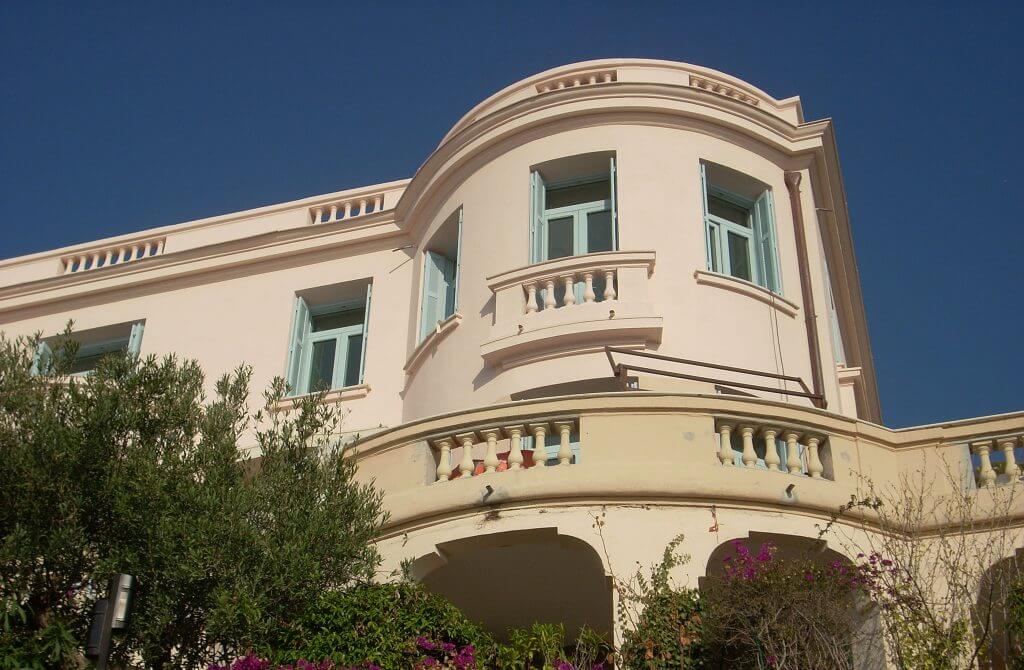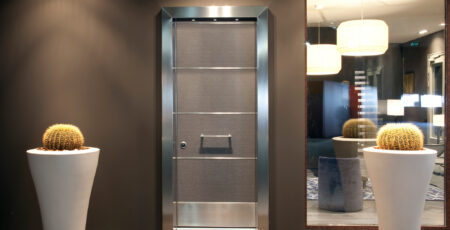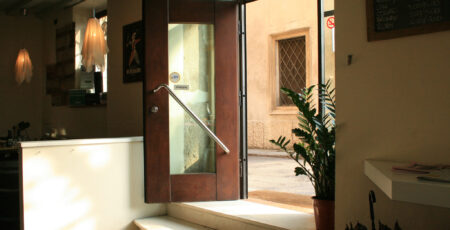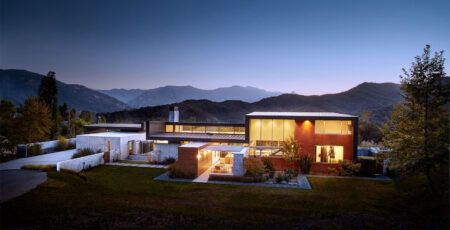When we talk to potential clients, our primary concern is that they’re getting a door or window that addresses their major concerns, whether that be security, hurricanes, or classic beauty. The reason we need to know is because it will affect the product we make for them.
Every single door and window we make is custom-made for each customer and their needs. Someone who lives outside the spotlight in South Florida might need hurricane windows and has no use for ballistic glass. But someone who has been physically threatened might desperately need that extra layer of security.
Security glass differs from hurricane glass, which differs from ballistic glass. Quite literally, their physical makeup is different. Our clients may not notice the difference when they look at (or out of) the window, but they’re all different because they have different purposes.
Hurricane glass, security glass, and ballistic glass are all very effective for their intended purposes, but they’re not often made to be multipurpose in the way that we can at FBS. It’s exceedingly rare to find a company that can do all of these things — and we’ll explain why.
Here’s how security glass, hurricane glass, and ballistic glass differ, and why the differences are so important.
3 Types of Glass
To understand what makes security glass differ from hurricane glass and ballistic glass, you first need to know that there are three different types of glass, in general. The differences lie in the way they’re made, and how they break. The three types are annealed, heat-strengthened, and tempered.
Annealed
Annealed glass is the softest type of glass (which isn’t necessarily a bad thing — we’ll explain why later) and it’s also the cheapest because it’s the easiest to make and manipulate into the necessary shape. The process by which annealed glass is made is simply melting down sand and forming it into a shape. (If you didn’t already know: glass is just sand in liquid form.) You can buy it in large sheets and cut it down to the size you need it to be.In terms of strength, annealed glass is the “weakest” type of glass, in large part because it doesn’t go through all of the strengthening processes that heat-strengthened or tempered glass goes through. When it breaks, it breaks into large pieces. Older windows in homes were made from single-pane annealed glass. In terms of energy efficiency, they were pretty terrible. If you have any experience with these, you might also have experience putting plastic over them in the winter to keep the cold out. Annealed glass has come a long way in terms of quality, and most new windows for houses aren’t single-pane any longer — even the cheapest windows are double-pane with a gap in between for energy efficiency and noise reduction. Furthermore, the installation practices lend themselves to these goals as well.
Heat-strengthened
Heat-strengthened glass is basically what it sounds like — it’s glass that is strengthened by a heating process. In fact, the glass is heated and cooled, and then heated and cooled again (twice through is typical). This process makes a glass product that is two times as hard and as strong as annealed glass. Because there’s more processing involved, heat-strengthened glass is more expensive to both manufacture and purchase. Once heat-strengthened glass has been formed and molded into its final shape and size, it cannot be cut or drilled, as it will simply break. When it breaks, the pieces are much smaller than annealed glass. It’s important to note that heat-strengthened glass is not safety glass, but because it’s stronger than annealed glass, it’s often used for general glazing, and is good in situations where more intense wind pressure and/or heat are likely.
Tempered
Tempered glass is the strongest of all types of glass. It’s also strengthened through the same process by which heat-strengthened glass is, but it goes through the heating and cooling cycle more times. The end result is a product that is four times as strong as annealed glass.This type of glass is very common — it’s in every single vehicle that is manufactured, it’s used in ovens, stoves, and any other appliance that gets extremely hot, it’s typically used for shower doors, it’s what your smartphone and tablet screens are made of, and it’s even what the hard protective covers you place over those screens are made out of. Tempered glass is also known as safety glass, because when it breaks, it shatters into many very small pieces, making the glass far less dangerous. While shattered glass can get stuck in your skin, it won’t slice you open the way annealed glass will. As you might expect, it’s also more expensive because of the lengthier strengthening process and difficulty in creating it. And of course, like heat-strengthened glass, it’s always custom made because it cannot be cut or altered once manufacturing is complete — it will shatter if you try (because that’s the point).
How These Types of Glass are Used in Security, Hurricane, and Ballistic Windows
Now that you understand the differences between these types of glass, let’s discuss how we utilize all three of them to accomplish different goals, whether that’s to protect your loved ones from intruders, hurricanes, or bullets.
Hurricane Glass
Hurricane glass is made one of two ways:
- Using two pieces of heat-strengthened glass with a layer of PVB (polyvinyl butyral) in the middle or,
- Using one layer of annealed glass with one layer of heat-strengthened glass (still with the PVB in the middle).
This type of window is meant to withstand intense air and water pressure, as well as random flying objects (bikes, boards, perhaps a grill). To test these occurrences, trained professionals hit windows (and doors, for that matter) with sustained simulated winds, water, and then finally hit them with a two-by-four (2×4) in one or two randomly chosen spots, depending on the size.For the water test, the seals are important. Anyone who lives near bodies of water knows that the water will always win, and will seep into even the smallest cracks, so having proper caulking and seals on the frame are paramount. For the air and missile test (the 2×4), the window must be able to stay in one piece — it can crack and splinter, but it cannot break apart. And as stated above, we know now that annealed glass will crack into large shards and both heat-strengthened and tempered glass will shatter. This is where the layer of PVB comes into play.PVB is made of plastic (hence, “poly”) and bonds very well to glass, but the most important property of PVB is that, when the glass shatters, it actually adheres to the PVB. This is what makes “safety glass” a thing — it keeps the broken glass more contained.
Security Glass
Security glass must have an entirely different set of properties because the purpose is entirely different. People seeking out security windows aren’t concerned about gale-force winds or water pelting the sides of their home for hours on end. No, they’re concerned about brute force. They’re concerned about people who have a personal vendetta or obsession with them repeatedly attacking the same spot on a window until it breaks, whether that’s with a hammer, an axe, or a drill. And for that, we need a different type of glass.For security glass, we want flex in the glass. Think about how you’d try to catch an egg. If someone throws an egg to you, your arm and hand will instinctively follow the trajectory of the egg in order to cushion the landing. If you don’t do that, or try to catch the egg in a box, it will shatter. This is the exact same philosophy that is used in body armor. It’s not just steel plates in there — it’s actually layer upon layer of netting. You want to slow down the trajectory of the bullet or the shrapnel as opposed to have it bounce off a piece of steel. This is the exact same reason we want flex in the glass.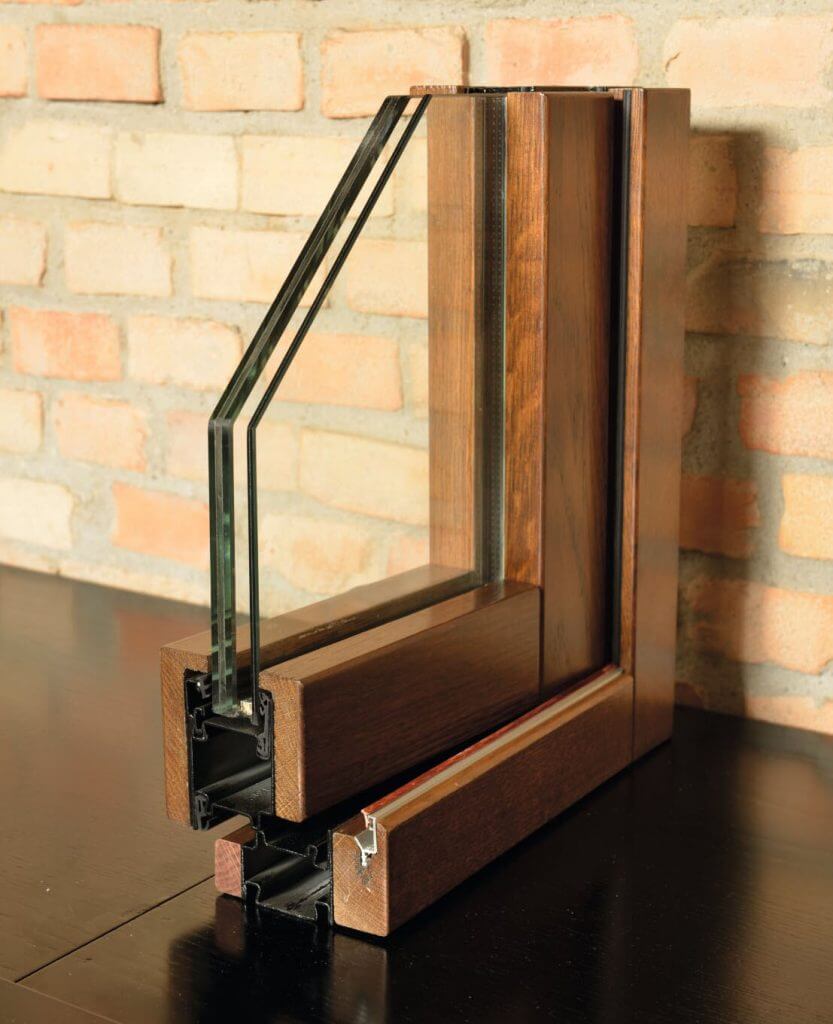
Basic Security Windows
Our basic security windows are typically made from at least two pieces of annealed glass with a layer of PVB in the middle. When placed in operable security windows and smaller fixed windows, this type of glass will also pass a hurricane certification test, so if you’re looking for hurricane windows, this is an easy upgrade for you. For energy efficiency, we can also build a security window that has two layers of glass with PVB on the inside, and then a gap which is filled with gas. The other side of the window is the same makeup (another layer of PVB and two layers of glass) but is thinner. These are also called “insulated windows”. For construction purposes, these types of windows are 10 pounds per square foot. They’re heavy, but not the heaviest window we make.
Enhanced Security Windows
The next step up for security windows is our enhanced security glass, which is largely the same makeup (annealed glass with PVB in the middle), but the glass we use is thicker. Because the panes are thicker, there is less flex in the glass.This type of glass is the entry level for large fixed windows because it accomplishes two things: it increases the burglary level on the window, and it will also pass hurricane certification. (Again, this is only on largefixed windows.)The weight also goes up for this level of security, to 14 pounds per square foot, and requires a bigger frame. It’s a significant weight difference, but not a significant price difference, so if you’re concerned about the burglary level and you don’t need the window to be operable, it’s completely worth it.
Top-End Security Windows
Our highest end security windows start off the same way as the other levels: two pieces of annealed glass with a layer of PVB. However, with this security window, we’re adding an air gap and a layer of polycarbonate in between the outside layers of glass and PVB.The polycarbonate layer is where the bulletproofing comes in for ballistic windows. This window will stand up to all small handguns (such as a 9mm) and is the highest level of burglary and anti-fraction. It will also pass any hurricane certification test.The good news about this type of security glass is that it’s lighter — it’s only 9.2 pounds per square foot. The less-good news is that it’s much more expensive than our enhanced security windows. However, if the cost isn’t an issue and this is what you need, then we can do it for you.
Ballistic Glass
As far as ballistic glass is concerned, we’ve already covered how they’re made — it’s the polycarbonate layer and the air gap in the middle with PVB and annealed glass on either side. The major difference among levels of ballistic glass then becomes the thickness of it.Within our top-end security windows, we have a couple additional levels of ballistic properties we can account for, including large handguns and rifles. In order to do so, we increase the thickness of the layers, which of course increases the weight. At its highest, our ballistic glass is 20 pounds per square foot. 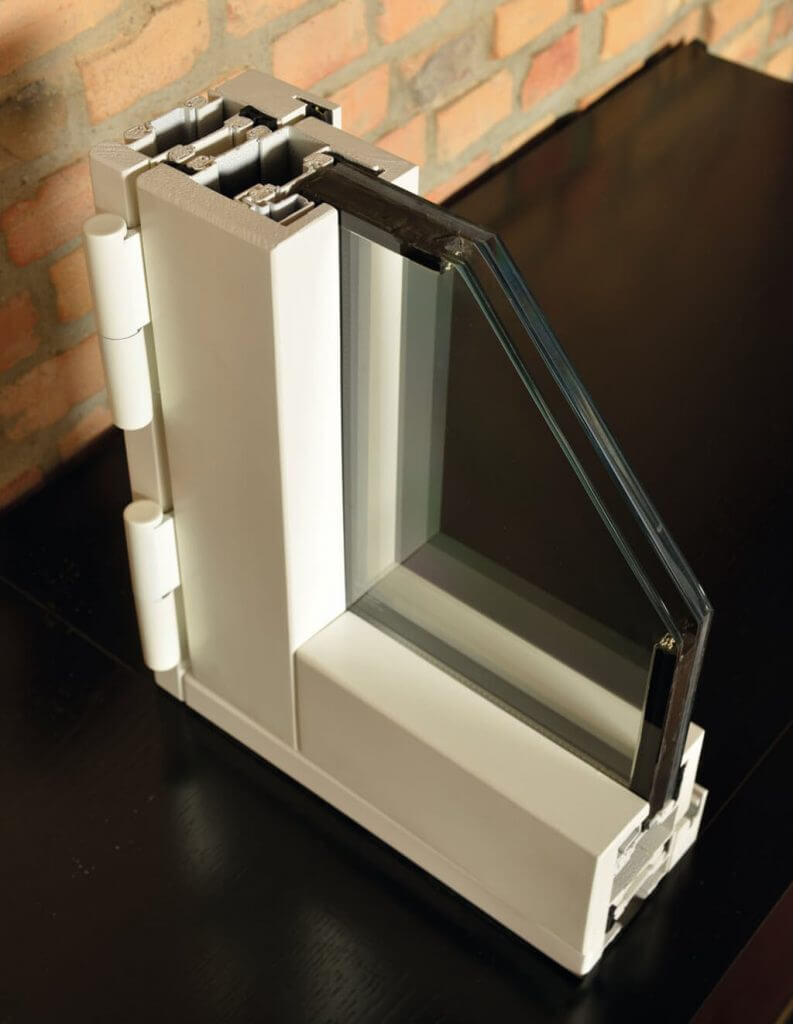
How We Create Custom Windows
When we tell potential clients that we create custom windows, they don’t seem impressed, which is understandable at first — every single window in every single home is custom made. What they don’t realize until we explain it to them is that our windows are custom made down to the very last detail, including the thickness of the glass, the type of glass(es) used, the number of layers, and the size. Any window company can make you a “custom sized” window, but not many others are making you custom windows for your exact use-case. FBS can — and we’re very good at it. How we create the physical structure of the window is completely dependent upon the clients’ needs and wishes. This level of customization is unheard of in windows — most companies choose between aesthetics and security, but we refuse to compromise. You shouldn’t have to choose.This is precisely what makes FBS windows so special.If you’re ready to talk about the custom windows you’d like in your luxury home — whether they’re hurricane, security, or ballistic (or all of the above), give us a call today. We’ll build a completely bespoke product for you that perfectly suits your needs and looks gorgeous in your luxury home. In the meantime, feel free to check out the wealth of information we have on our website, from product videos to articles to client testimonials. We hope to hear from you soon!


